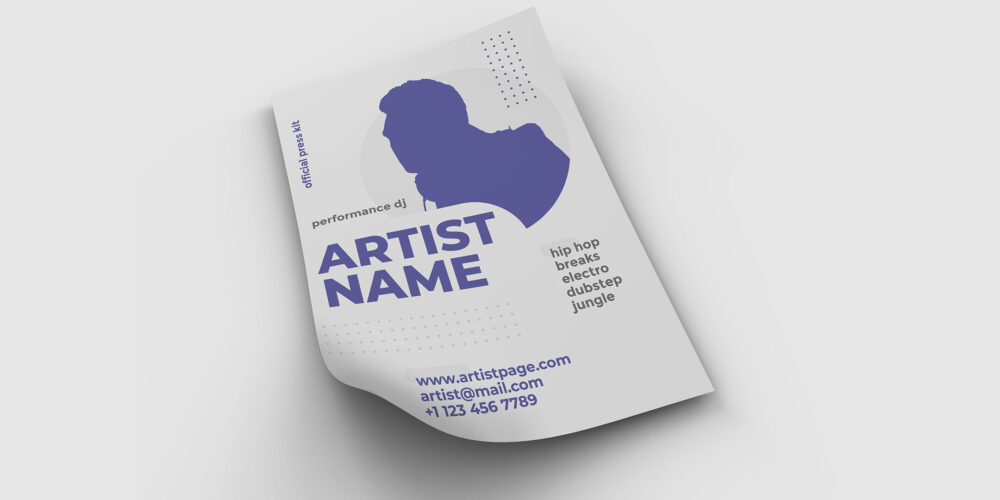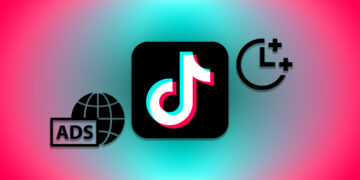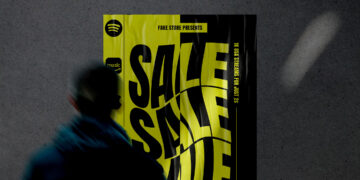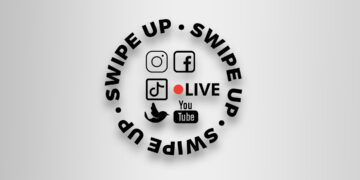What goes into an EPK?

- If you write to the media or blogs, you should always send only one link: the Electronic Press Kit (EPK)
- What should not be missing in an EPK
- What else the EPK can be used for
In the first part of this post, we talked about how you can pitch your music to blogs and media outlets. In this second part, we’ll show you all the things that go into a so-called Electronic Press Kit (EPK). When you’re writing to journalists and bloggers, you should never send attachments, only links. Or better yet: one link. The goal should always be that the journalist can find everything right away and doesn’t have to ask again or look for themselves.
The EPK can be set up as part of your website (artiswebsite.com/press) or you can use many other tools like iGroove’s free PR page. But let’s get to the content:
Press release
The core of the EPK, since it talks up the music release. It includes all the information about the release, how it came about, as well as once again a few highlights of your career so far. Try to use the press release to tell a story. Especially when it comes to media outlets that don’t necessarily specialize in music, there needs to be a story that they can pick up.
The text should already have the quality of an article, not least because some lazy journalists will just copy your press release verbatim. If you don’t feel like you would be good at this, hire someone who can do it for you. Many artists write really good songs, but the same can’t necessarily be said about their press releases or bios. When someone is reading that text, they need to get the feeling they would miss out on something if they don’t give your music a listen. The text should be no longer than an A4 page and answer the 5 W and 1 H questions.
Biography
While the press release focuses on your current release, the bio talks about your background and career so far. You should limit yourself to the real highlights only and not write more than a page. If you can upload a short version, as well – even better. Tell your story, your influences, your milestones (releases, tours, festivals, awards, etc.). and include, if possible, some quotes from the media or other musicians.
What must not be missing from the EPK?
- Press photos: Always offer multiple photos as options and make them available in different formats. Also, make sure they are print quality and don’t forget to credit the photographer.
- Artwork: Blogs in particular often use the cover of a release in their posts. Upload this in excellent resolution, as well.
- Incorporated videos
- Links to important press articles
- Contact info (e.g., for your management)
- Links to your website and social media
But of course, we can’t forget about the music! People should be able to listen to the release, the center of your message, directly on the EPK. If it’s not publicly available yet, you can put in a private SoundCloud link, for instance. But you should always keep in mind that we want to make it as easy as possible for the journalists. If you are also writing to radio stations, don’t forget that the song needs to be downloadable.
Also add your discography and use the link site.
Keep the EPK up to date
Make sure that the EPK is always up to date and that it can thus be utilized whenever needed for the next campaign. It’s also not just great for pitches to blogs and media outlets, but can also be used to get in contact with playlist curators, DJs, or bookers.











